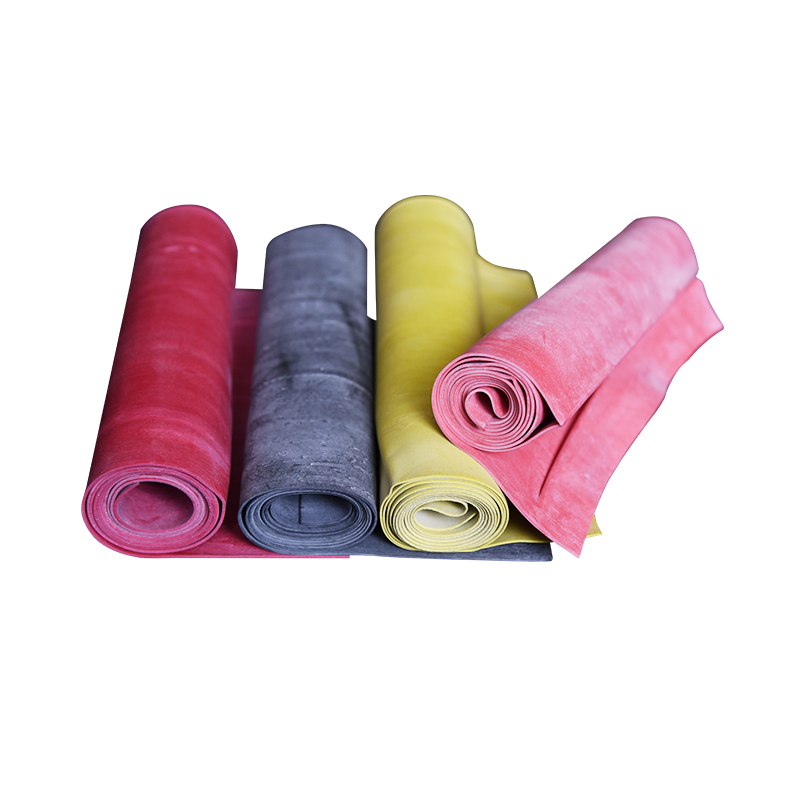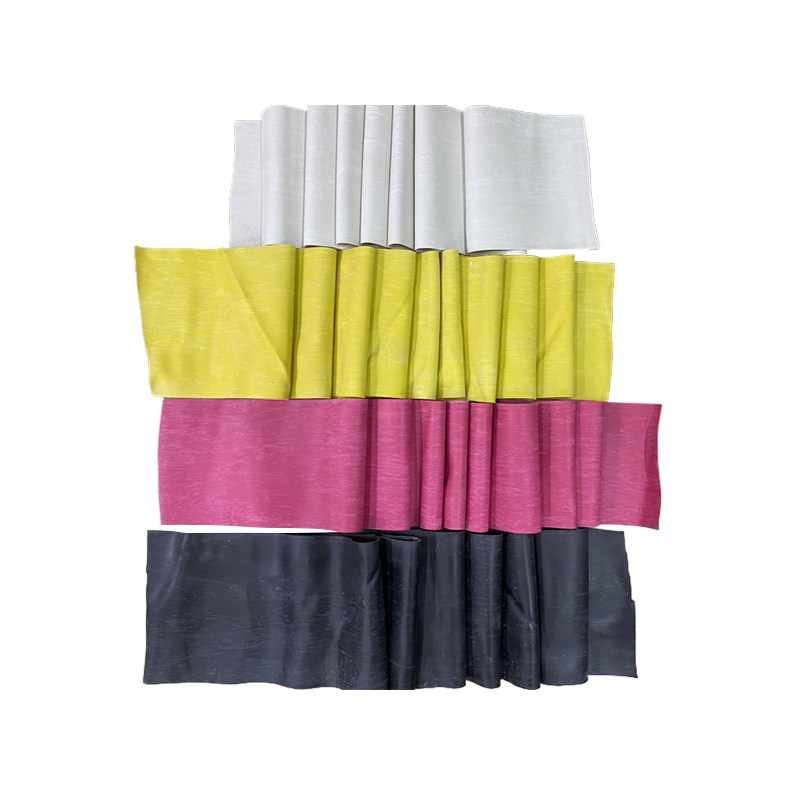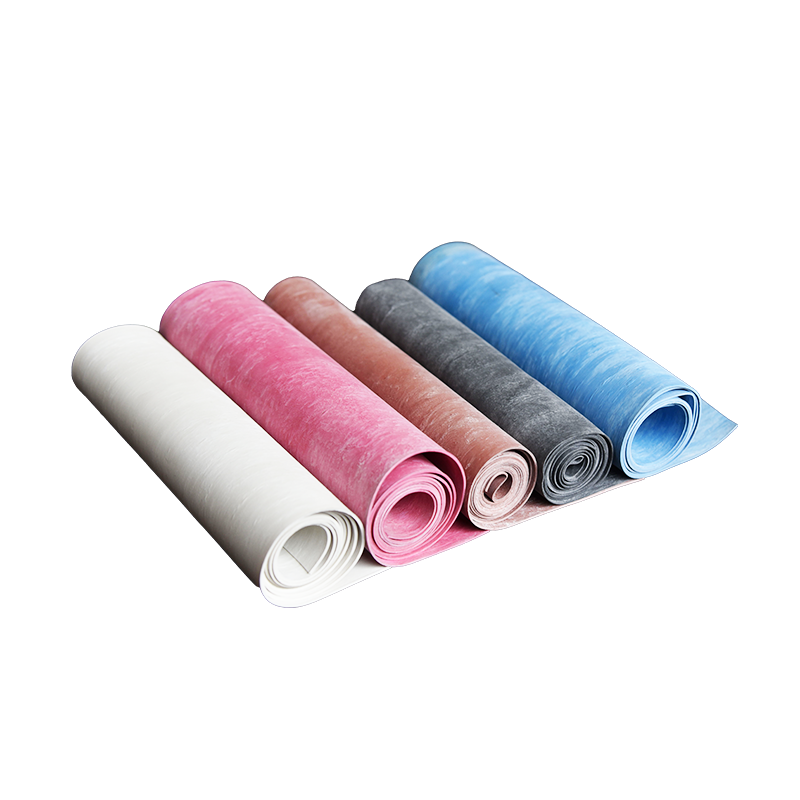
Polyvinyl chloride protective layer material for wires and cables
Still deciding? Get the samples first,Contact us!
View similar products
Polyvinyl chloride protective layer material for wires and cables
Still deciding? Get the samples first,Contact us!
Product Category
- Description
-
The polyvinyl chloride protective layer material for wires and cables is a granular material made by mixing, plasticizing, and granulating polyvinyl chloride resin as the base material, adding plasticizers, stabilizers, and other additives.
Model, brand and various names, execution standards, purposes and specificationsModel Maximum operating temperature of wire core (℃) Name Execution standards Usage and Cable Material Specification H-70 70 70 ℃ PVC soft protective layer plastic GB/T8815-2008 Protective layer for wires and cables of 450/750V and below
Protective layer for power cables of 26/35KV and belowHR-70 70 70 ℃ PVC soft protective layer plastic GB/T8815-2008 Protective layer for flexible wires and cables of 450/750V and below HI-90 90 90 ℃ PVC soft protective layer plastic GB/T8815-2008 Protective layer for marine, rubber plastic insulated cables, 35KV power cables and other similar cables HII-90 90 90 ℃ PVC soft protective layer plastic GB/T8815-2008 Protective layer for heat-resistant wires and cables of 450/750V and below Note: The relative density index and color are determined through negotiation between the supply and demand parties.
Mechanical and electrical properties
Experimental project Company Standard value H-70 HR-70 HI-90 HII-90 Tensile strength ≥ MPa 15.0 12.5 16.0 16.0 Fracture tensile strain ≥ % 180 200 180 180 Brittle temperature ≤ ℃ -25 -30 -20 -20 Volume resistivity at 20 ℃ ≥ Ω•m 1.0 × 108 1.0 × 108 1.0 × 109 1.0 × 109 Dielectric strength ≥ MV/m 18 18 18 18 Thermal deformation ≤ % 50 65 40 40 200 ℃ thermal stability time ≥ min 50 60 80 180 Thermal aging performance Thermal aging temperature ℃ 100±2 100±2 100±2 135±2 115±2 Thermal aging time h 168 168 240 240 240 Tensile strength after aging
Maximum rate of change in tensile strength≥ MPa 15.0 12.5 16.0 12.5 ≤ % ±20 ±20 ±20 ±20 Fracture tensile strain after aging
Maximum change rate of fracture tensile strain≥ % 180 200 180 200 ≤ % ±20 ±20 ±20 ±20 Mass loss ≤g/m² 23 25 15 20 Processing technology
Using a general extruder for processing, with L/D ≥ 20, it is recommended to set the temperature at each point of the extruder as follows:District Point Zone 1 Zone 2 Zone 3 Zone 4 Zone 5 Die head Temperature ℃ 140 160 170 175 180 175 Marking, packaging, transportation, and storage
Logo: The packaging bag should indicate the name of the manufacturer, product variety and model, batch number, color, manufacturing date, net weight, this standard number, and be labeled with a color symbol.
Packaging: (25.0 ± 2) kg per bag, polyethylene film inner bag, woven bag or kraft paper composite bag outer packaging, or other packaging quality (weight) negotiated by both parties.
Transportation and Storage: Cable materials should not be exposed to sunlight or rain during transportation, and should be stored in a clean, cool, dry, and ventilated warehouse.
Query now
Note: Please leave your email address and our professionals will contact you as soon as possible!
Related Products










